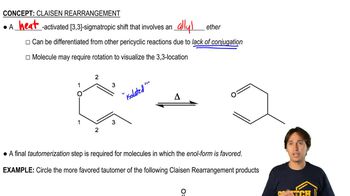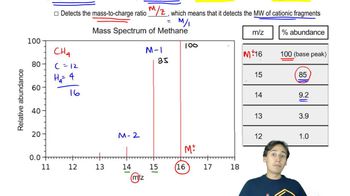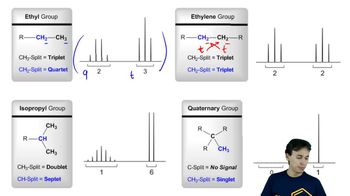The molecular ion (M) is significant in the mass spectrum of benzyl fluoride, but it is barely present in the mass spectrum of benzyl iodide. Why might this be the case?
<IMAGE>
 Verified step by step guidance
Verified step by step guidance Verified video answer for a similar problem:
Verified video answer for a similar problem:



 4:28m
4:28mMaster Ionization Potentials with a bite sized video explanation from Johnny
Start learning